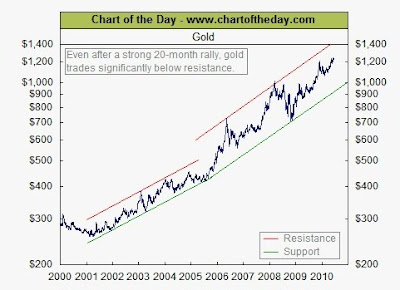More than 90% of Baby Boomers feel the United States is facing a retirement crisis, yet most have a limited understanding of how much money they’ll need and fear they’ll outlive their income according to a new survey from Allianz Life Insurance Company of North America (Allianz Life).
The study, titled Reclaiming the Future: Challenging Retirement Income Perceptions, was conducted in May 2010 with more than 3,200 Baby Boomers ranging in age from 44 to 75.
Although 61% of Boomers fear outliving their money in retirement more than death, 31% say they are not too clear about what their expenses will be in retirement and 36% have no idea if their income will last.
“These results are troubling not only because people are fearful about retirement income, but also because of how little they know about how much money they’ll need,” said Gary C. Bhojwani, president and CEO of Allianz Life. “We hope that our Reclaiming the Future study will shed some light on the issue and inspire Boomers to take control of their retirement planning today.”
A majority of respondents feel their retirement lifestyle must surpass their parents (79%), indicating a need to focus on income in retirement versus accumulation of assets.
When asked how much yearly income is needed in retirement, respondents indicated a median income of $59,000 per year.
Unfortunately, Boomers were off by a factor of nearly 3 times too small when estimating how much they’d need to save to create that household income.
It’s clear that this level of planning amounts to no more than a guessing game.






